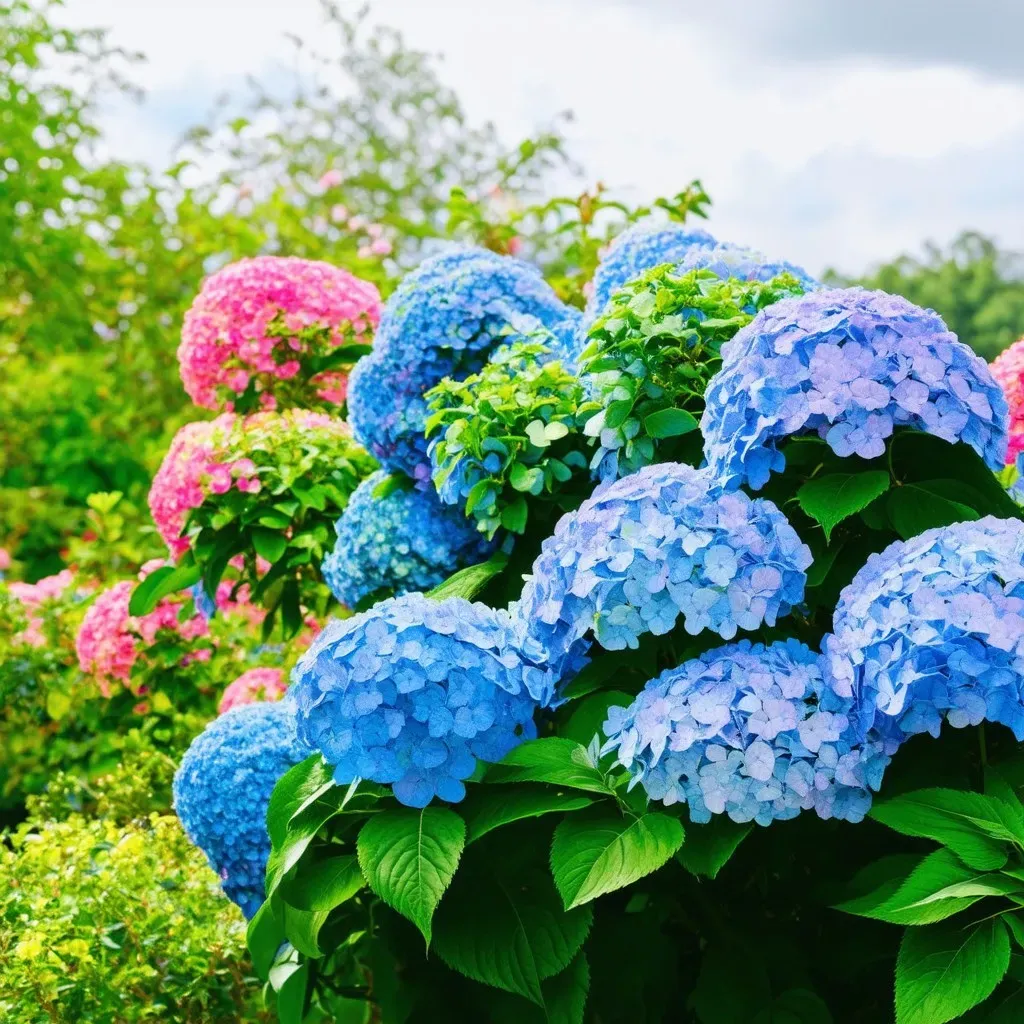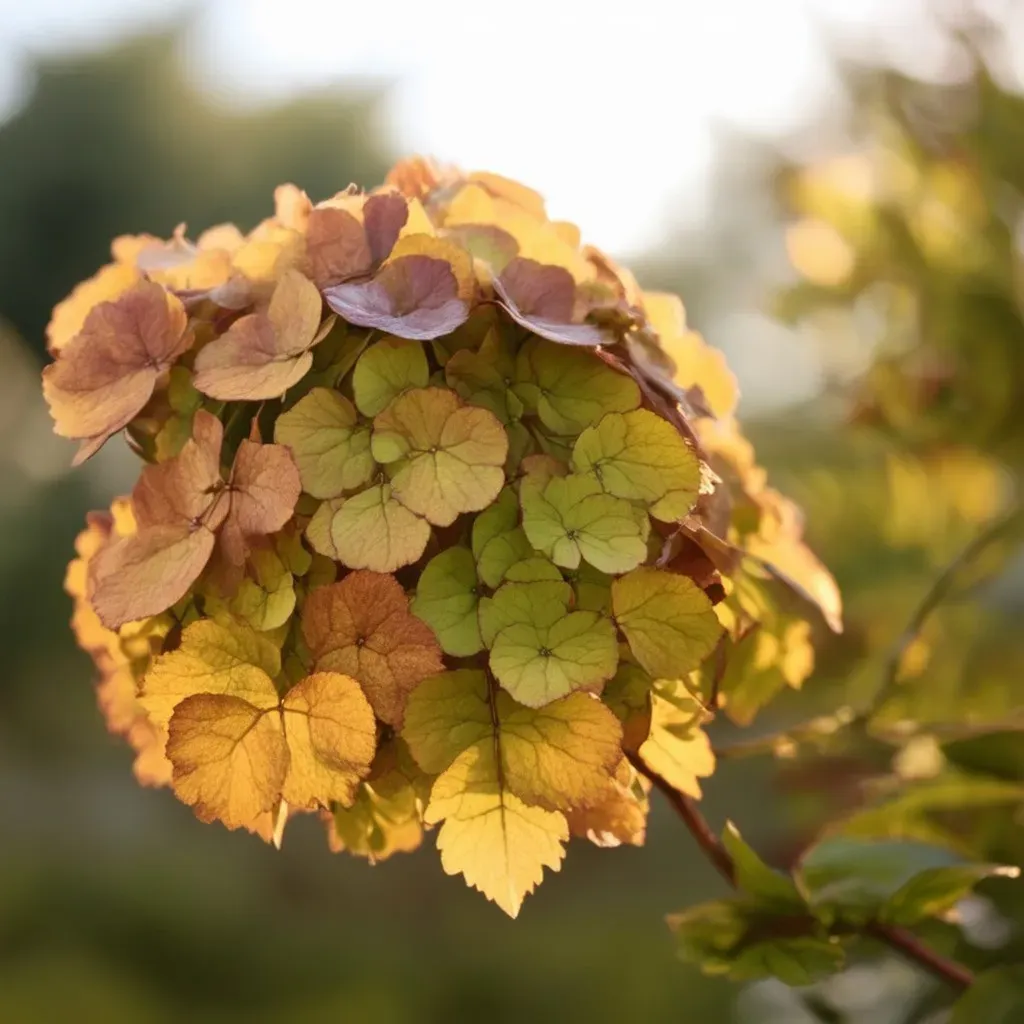hydrangea falling over after rain is a frequent issue faced by gardeners passionate about these majestic flowers. After a heavy downpour, you may notice your hydrangeas drooping or flopping over, their vibrant blooms lying in the mud instead of standing tall. This is not just an aesthetic concern; it can lead to long-term damage if not addressed properly.
Understanding the Problem
Why do hydrangeas tend to fall over after rain? The answer lies in the structure of the plant and the sheer size and weight of its flower heads. When the flowers are saturated with rainwater, their weight can become too much for the stems to support, leading to bending and drooping. Other factors can also contribute, such as weak stems, overcrowding, or inadequate root systems.
Factors Contributing to Hydrangea Drooping
- Heavy Flower Heads: The blooms of certain varieties, like Annabelle and Limelight hydrangeas, are large and dense. Their broad petals can pool rainwater, adding extra weight.
- Weak Stems: Some hydrangea varieties are naturally prone to weaker stems, making them less resistant to bending under weight.
- Soil Quality: Poor soil structure or overwatering can weaken a plant’s root system, making it more susceptible to fatigue and collapse.
- Weather Conditions: Wind and rain combined can exacerbate the wilting and falling over of hydrangeas.
- Inadequate Spacing: When hydrangeas are planted too closely, they may compete for space and resources, making them more likely to flop.
Quick Facts about Hydrangeas
| Fact | Description |
|---|---|
| Common Varieties | Annabelle, Limelight, Endless Summer |
| Preferred Climate | Moderate climates with well-draining soil |
| Ideal Soil Conditions | Acidic to neutral pH; rich, organic matter |
| Average Bloom Duration | Typical bloom lasts from late spring to early fall |
| Pruning Technique | Prune after bloom for most varieties (or in late winter for others) |
Common Symptoms of Drooping Hydrangeas
- Flopping Blooms: Large flower heads bowing down to the ground.
- Wilting Leaves: Leaves may appear limp along with the flowers.
- Brittle Stems: Upon inspection, stems might snap easily; this highlights weakness.

How to Support Hydrangeas
To keep your hydrangeas standing tall and proud after rain, consider implementing the following strategies:
1. Providing Structural Support
Using stakes or plant supports can help keep your hydrangeas upright. Installing supports early in the growing season can prevent damage as the blooms develop.
- Individual Stakes: Insert bamboo stakes or metal supports beside each plant. Tie the stems gently with soft garden ties.
- Garden Fencing: Surrounding your hydrangeas with a lightweight fence or trellis can provide discreet support.
2. Pruning for Strength
Regular pruning can strengthen your hydrangeas by encouraging new growth and reducing the weight on older stems. Here are essential tips:
- Timing: Prune in late winter or early spring before new growth appears.
- Cutting Technique: Remove about one-third of the old stems, focusing on the oldest and weakest branches.
3. Proper Spacing and Planting
Ensure that hydrangeas are spaced adequately when planted. This will allow them to grow without competing for resources.
- Recommended Spacing: Aim for at least 3 to 4 feet between each plant.
- Soil Preparation: Enrich the soil before planting with compost or organic matter to provide a strong foundation.

4. Monitoring Soil Moisture
Hydrangeas thrive in well-drained soil, so managing moisture is key. Overwatering can lead to root rot and weaken the plant.
- Soil Testing: Use a moisture meter to check soil conditions. Ensure that the top inch of soil is dry before watering.
- Drainage Solutions: If soil remains soggy, consider amending with perlite or sand to improve drainage.
5. Choosing the Right Varieties
Certain Hydrangea Types are more resilient than others. Research and select varieties based on your climate and garden conditions.
| Resilient Varieties | Description |
|---|---|
| Panicle Hydrangeas | Known for sturdy branches, tolerates heat and drought |
| Smooth Hydrangeas | Strong tolerance to rain and wind; develops compact blooms |
| Climbing Hydrangeas | Naturally seek support; can climb trellises or fences |
Frequently Asked Questions
What should I do if my hydrangeas are already drooping?
Start by gently lifting the flowers and supporting them with stakes. If the stems are too weak, pruning might be necessary.
How often should I water my hydrangeas?
Water deeply but infrequently. During dry periods, water your hydrangeas about once a week, ensuring the soil is adequately moist.
Can I use fertilizer to strengthen my hydrangeas?
Yes! A balanced, slow-release fertilizer in the spring can promote healthy growth and strengthen stems. Look for fertilizers with nitrogen, phosphorus, and potassium.
Are there any natural remedies to strengthen stems?
Adding organic matter such as compost or using kelp extracts can help improve overall plant health and bolster stem strength over time.
What are some signs of overwatering in hydrangeas?
Look for yellowing leaves, wilting, and a musty smell from the soil—these can indicate that your hydrangeas may be receiving too much water.
Where can I find more detailed information about hydrangeas?
For in-depth guidelines and specific care tips, visit the Hydrangea Guide.

By understanding the causes behind hydrangea drooping and implementing effective strategies, you can ensure your garden remains vibrant and beautiful even after rainstorms. Embrace these tips, and enjoy the splendid blooms that hydrangeas can offer!


